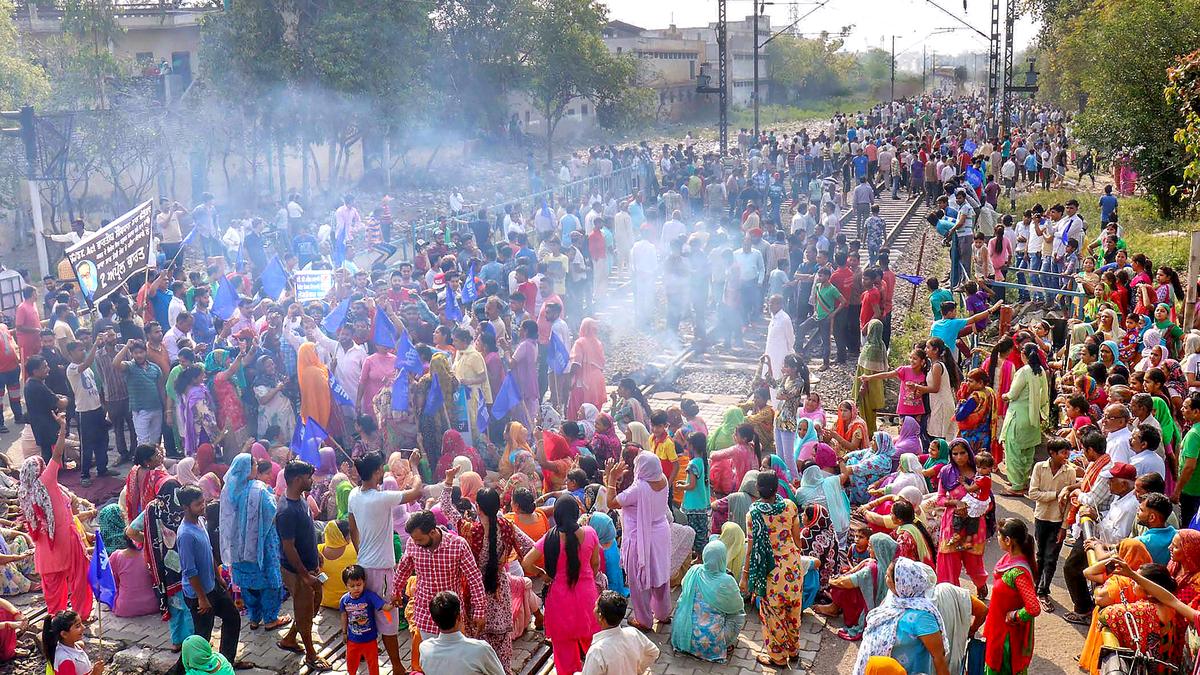
Does data justify subdivision of quotas?
The Hindu
India's reservation system for SCs and STs faces questions on effectiveness and equity, prompting debates on 'quota-within-quota' policies.
India’s reservation system has long been a tool for uplifting historically marginalised communities, particularly the Scheduled Castes (SCs) and Scheduled Tribes (STs). Born out of the need to correct centuries of social and economic exclusion, reservations have opened the doors of higher education, government employment, and public offices for groups once condemned to the periphery of society. Yet, over 75 years since independence, questions are being raised about whether the system is serving its intended purpose — especially when some subgroups within the SCs appear to be benefiting more than others.
Recent debates, spurred by a Supreme Court ruling, have questioned whether a ‘quota-within-quota’ system is needed to ensure that affirmative action policies are more equitable across SC subgroups. The idea is to subdivide the SC quota to provide targeted assistance to the most disadvantaged communities within the broader SC category. While some States, like Punjab, have experimented with such policies, the effectiveness of subdividing quotas is still a matter of contention.
The question at the heart of this debate is: do all SCs benefit equally from reservations? And if not, should the system be redesigned to ensure a more balanced distribution of opportunities?
Dr. B.R. Ambedkar, the principal architect of the Indian Constitution, believed that formal legal equality (one person, one vote) would not be enough to dismantle the deeply entrenched inequalities of caste. Thus, reservations were mandated to become a mechanism to move from legal equality to substantive equality by creating opportunities for SCs and STs in higher education, public sector jobs, and government institutions.
The argument underlying the Supreme Court verdict is that despite its progressive aims, India’s reservation system is plagued by uneven outcomes. Some SC groups seem to have progressed more than others over the decades. This has led to calls for a more nuanced approach to affirmative action — one that recognises the heterogeneity within the SC category itself.
Here, we use data from six major States —Andhra Pradesh, Bihar, Punjab, Tamil Nadu, Uttar Pradesh, and West Bengal — and explore whether some SC castes have disproportionately benefited from reservations, leaving others behind.
In Andhra Pradesh, our estimates reveal that while there are slight differences between the two major SC groups — Malas and Madigas — the disparities are not significant enough to warrant subdivision of the quota. By 2019, both groups had seen improvements in education and employment, and both were equally likely to benefit from white-collar jobs. A similar story emerges in Tamil Nadu, where the two largest SC groups — Adi Dravida and Pallan —were almost indistinguishable in terms of socio-economic outcomes by 2019. But other States paint a more complicated picture.





















 Run 3 Space | Play Space Running Game
Run 3 Space | Play Space Running Game Traffic Jam 3D | Online Racing Game
Traffic Jam 3D | Online Racing Game Duck Hunt | Play Old Classic Game
Duck Hunt | Play Old Classic Game











